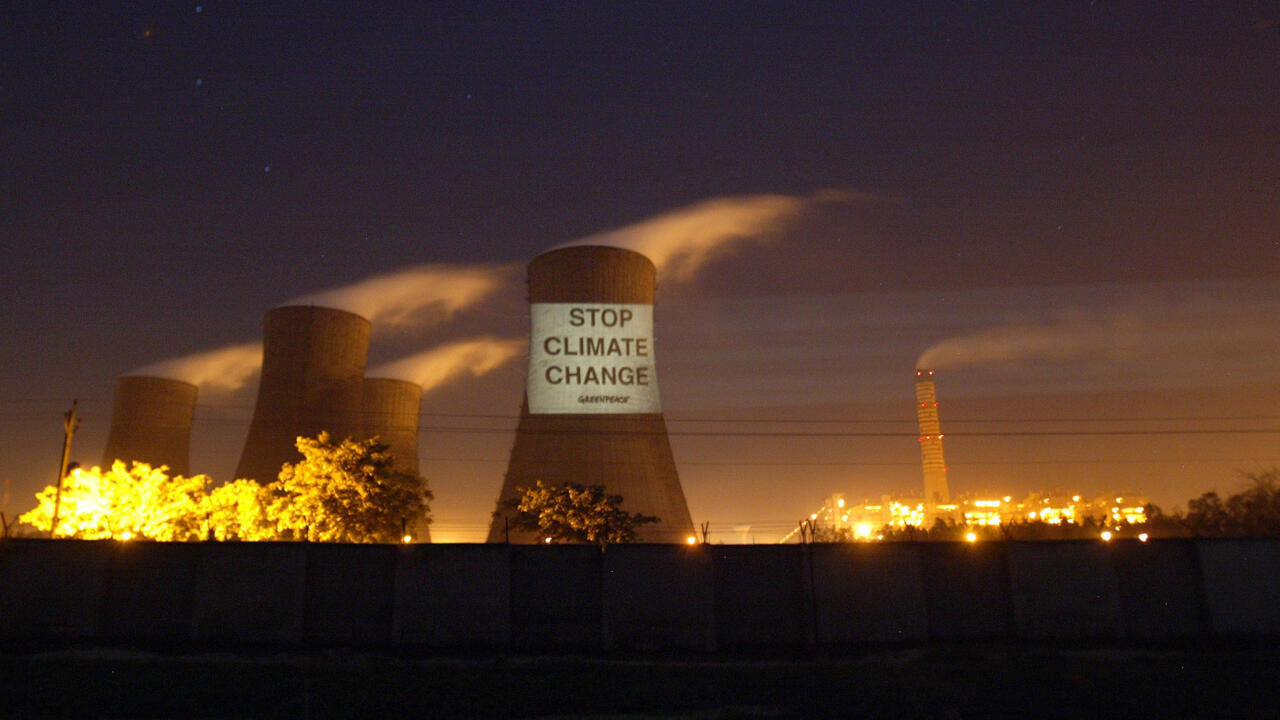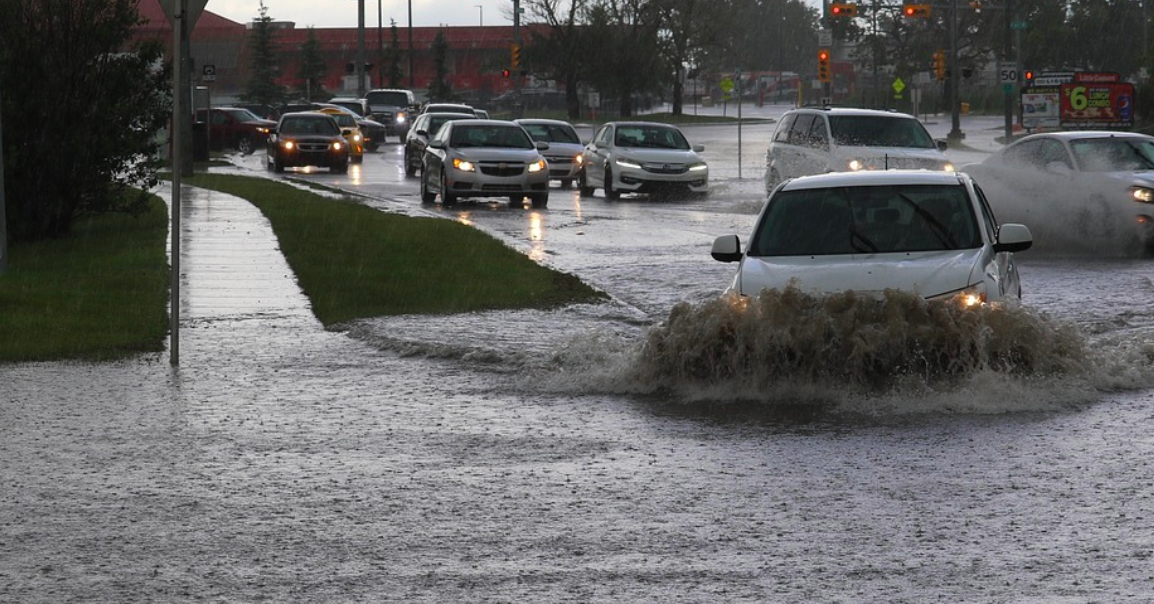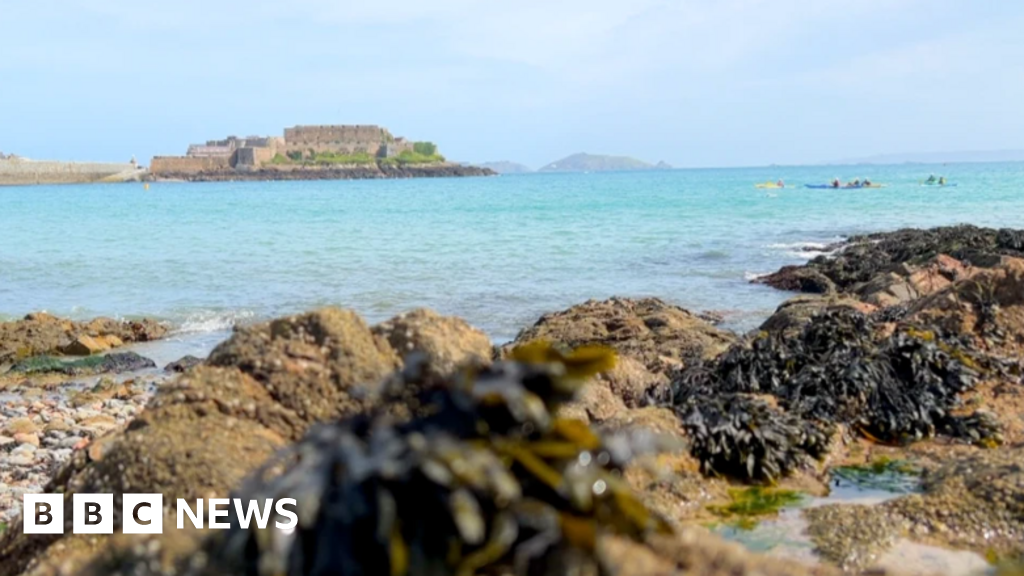
Green Paradox: How California's Environmental Regulations Are Backfiring
California's Green Paradox: How Environmental Policies May Be Harming the Planet In a surprising twist of environmental irony, California's well-intentioned green policies are potentially causing more ecological damage than they're solving. Despite the state's reputation as an environmental leader, a closer examination reveals a complex and counterproductive landscape of environmental regulation. The state's stringent environmental policies, while designed to protect the ecosystem, are creating unintended consequences that may be doing more harm than good. Overly restrictive regulations have led to inefficient resource management, increased carbon emissions from alternative production methods, and economic challenges that ultimately undermine genuine environmental progress. Key issues include: • Displaced industrial production that moves to less-regulated states • Increased carbon footprint from manufacturing relocations • Economic strain that limits innovative green technology investments What began as a noble attempt to lead environmental protection has morphed into a regulatory maze that potentially exacerbates the very problems it seeks to solve. California's environmental approach demonstrates that good intentions alone cannot guarantee positive ecological outcomes. As the state continues to wrestle with these challenges, a more nuanced and pragmatic approach to environmental policy becomes increasingly crucial. The path to true sustainability requires balanced, scientifically-grounded strategies that consider economic realities and global environmental dynamics.









